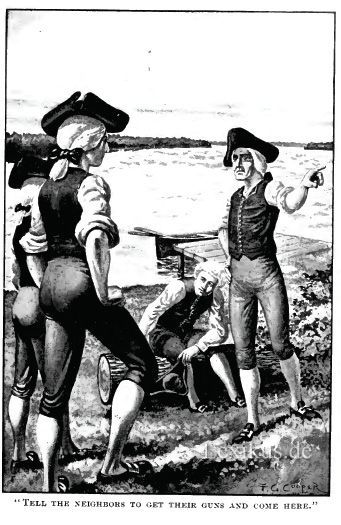Looking for a tasty treat? In this week's installment, we have recipes guaranteed to knock your socks off. Consider this fair warning.
Tomato and Zucchini Salad
First up is Jan's Tomato and Zucchini Salad. If you want to thank her for making your meal healthful and delicious, stop by the Museum on Mondays and take her tour. A former French teacher, Jan has been known to lead tours in French, Spanish and even Italian-- a fitting setting for this nice summer salad recipe. She even includes plating directions: what a balabusta!
Ingredients:
- l large tomato, coarsely chopped or diced
- l small zucchini, thinly sliced
- 2 T. sliced green onion
- 1 tsp. snipped fresh basil
- 2 T. Wishbone Robusto Italian Dressing
In a medium mixing bowl combine tomato, zucchini, green onion, basil, and Italian dressing. Toss lightly to mix. Line 4 salad plates with leaf lettuce. Divide tomato mixture between plates.Makes 4 servings. If you are serving a dairy lunch, you can sprinkle each serving with some shredded mozzarella cheese.
Hanna's Summer Pot Roast
This recipe is courtesy of Hanna Griff-Sleven, Director of Family History Center & Cultural Programs at the Museum. In addition to planning amazing cultural events and taking oral histories of former worshipers at the Eldridge Street Synagogue, Hanna is our resident chef. This recipe is her latest attempt to simplify summer cooking. With just a few ingredients and the most basic of prep work, this pot roast is simply a mikhaye.
Ingredients:
- 3 lbs. pot roast
- ½ c. olive oil
- Juice of two lemons
- Zest of one lemon
- 2 cups of miso soup or beef broth
Brown the meat on all sides in olive oil. Add the lemon juice and soup/broth, cover and cook on low flame for 2- 2 and a half hours or until meat is tender. Add the lemon zest and cook for 15 more minutes. Serve hot or cold. Pair with mashed potatoes and a nice green salad.








































